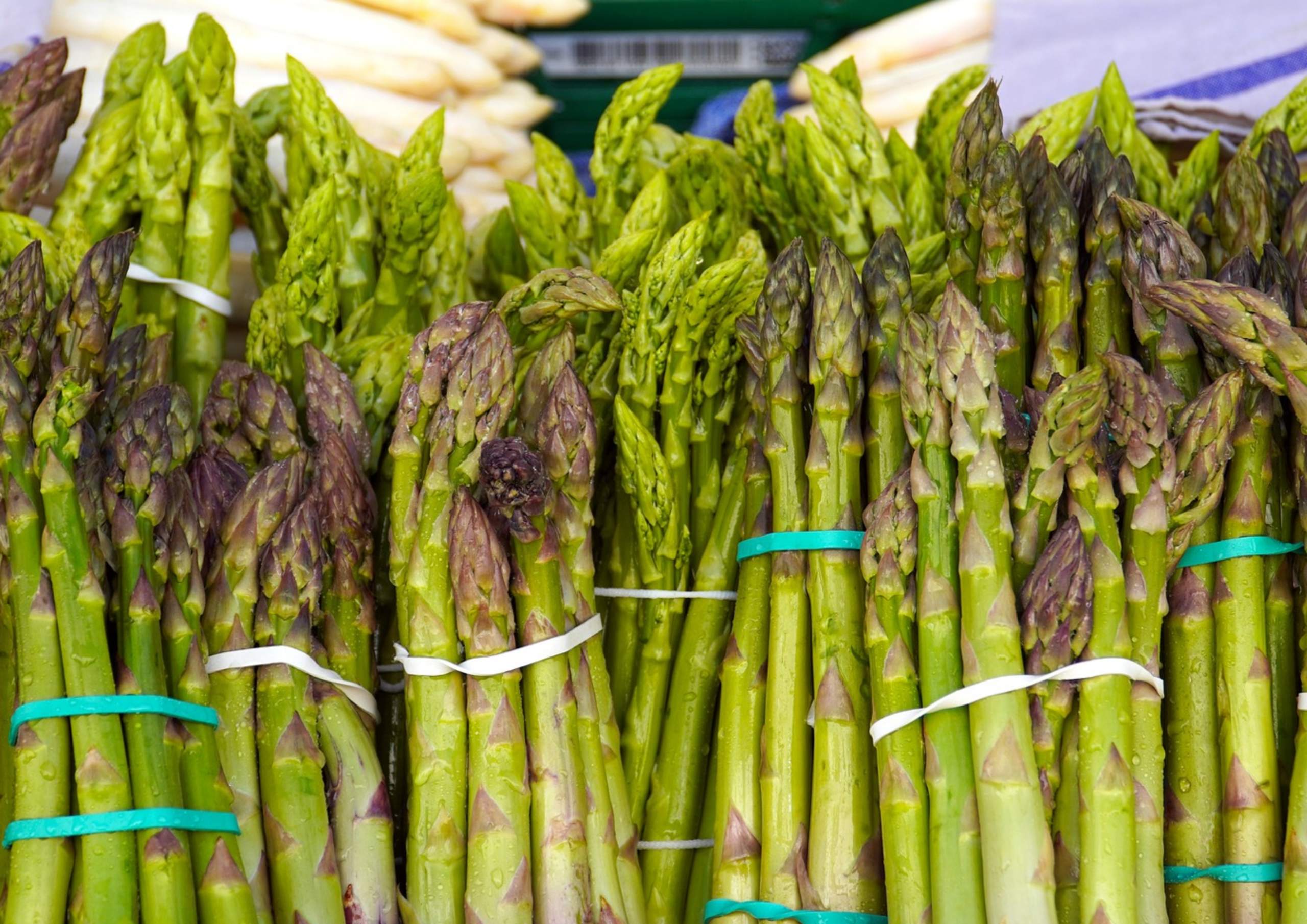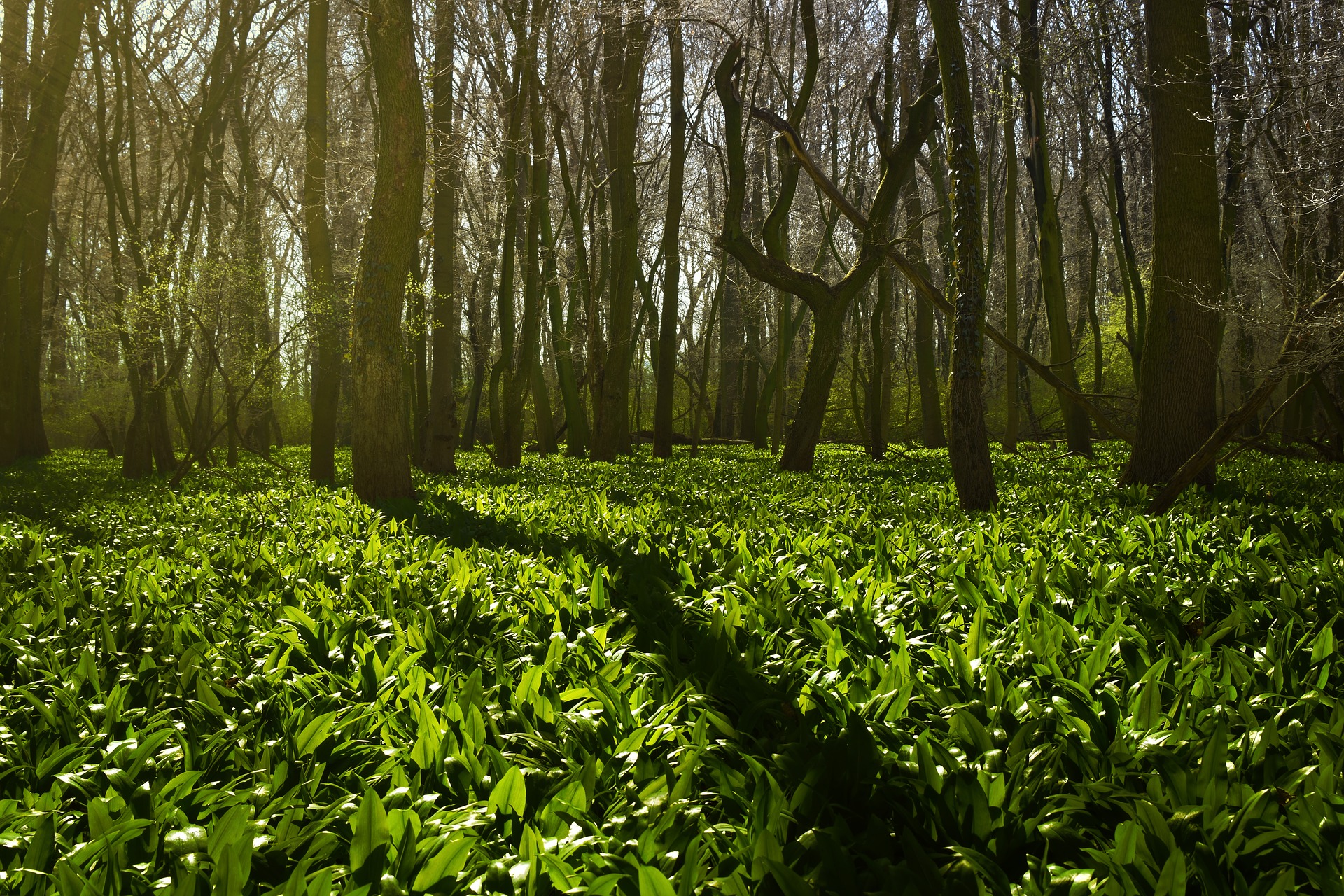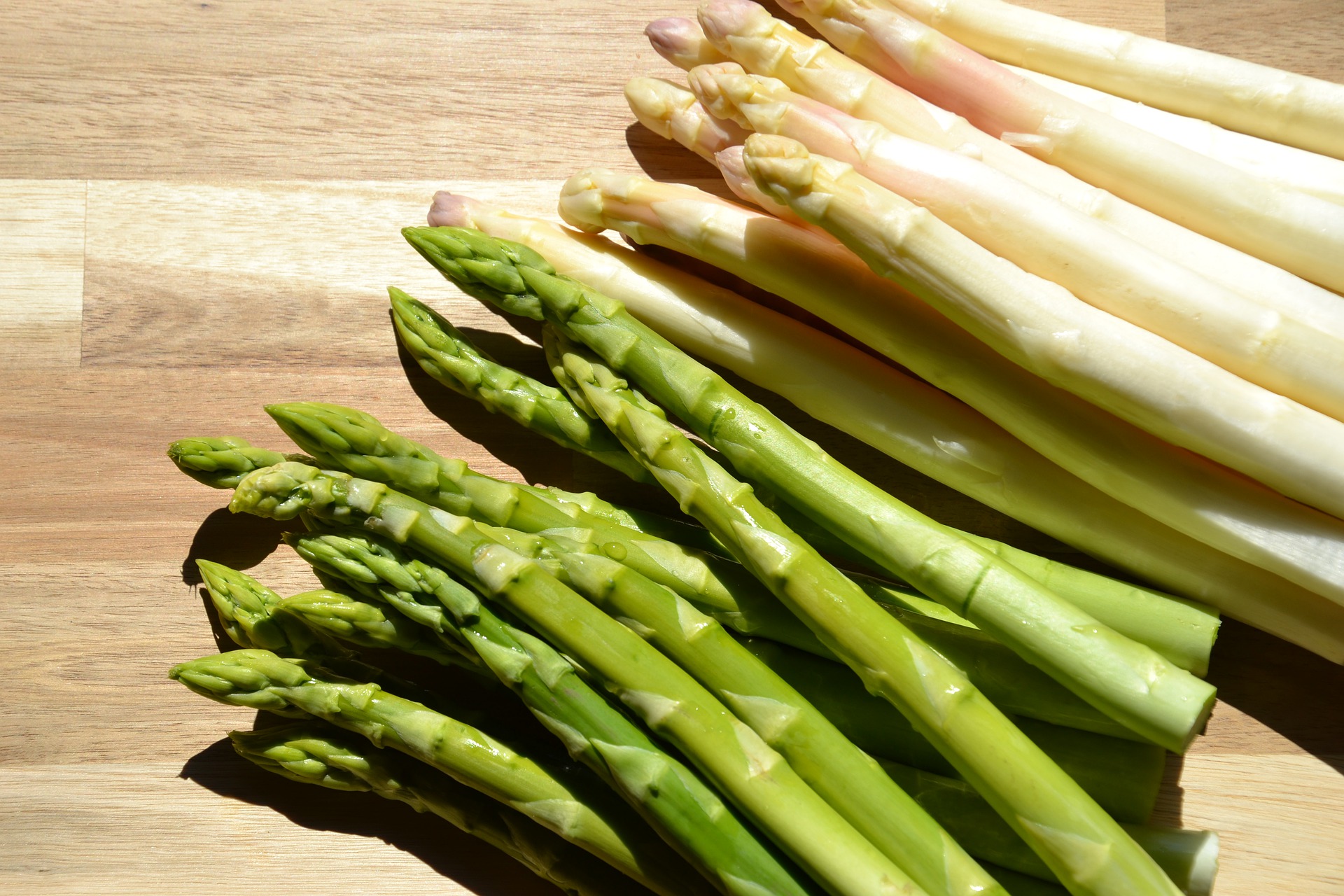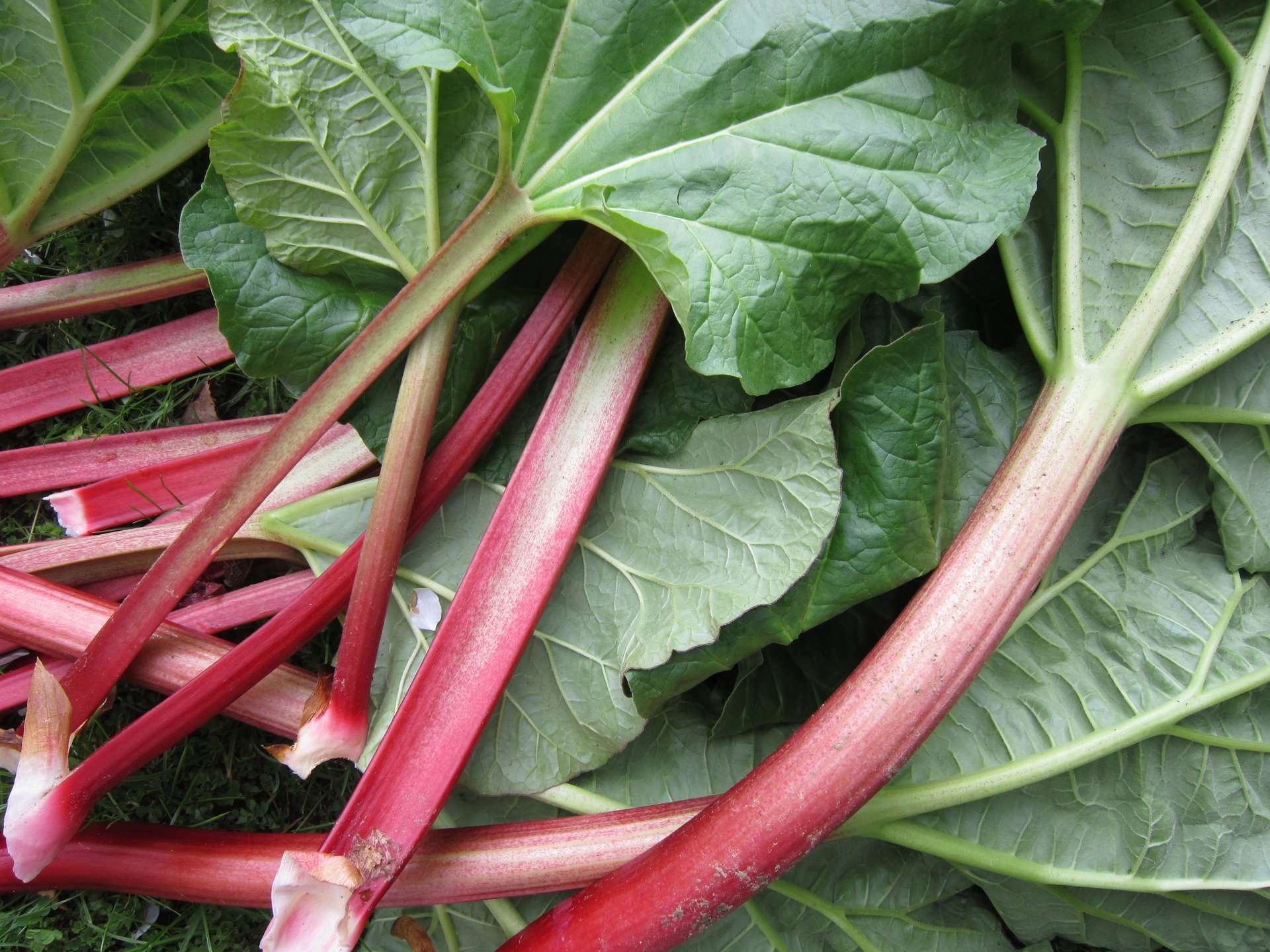
THE PLACE TO EAT HEALTHY
VEGETABLES AND HERBS WITH POWER
In spring we need lots of vitamins and minerals to replenish our empty stores. That’s why we can hardly wait for the first vegetables and herbs to sprout.
If you use vegetables that are grown in this country and can be processed straight away when freshly harvested, you can get the best out of every vegetable.
Find out more about the early starters of the vegetable season and their important ingredients!
Wild garlic
The first edible green in spring is wild garlic. With its fresh green leaves, it is not only beautiful to look at. Its fine garlic scent fills entire forests in spring. Wild garlic can be harvested in March and April, although usually only the leaves are used.
To preserve the flavor as much as possible, wild garlic should preferably be eaten raw. Its flavor unfolds wonderfully in salads, spreads or as pesto.
Wild garlic has been used as a medicinal plant since the Middle Ages. Even today, it is still used for digestive complaints and scores highly with its antibacterial and detoxifying effect.
If you pick wild garlic yourself, you should be very careful. It is often confused with poisonous plants such as the lily of the valley or the autumn crocus. So don’t forget to sample the scent when picking the leaves!


Asparagus
As the first fresh vegetable from the fields, asparagus is an important part of our diet. Whether white or green asparagus, the tender vegetables can be harvested and enjoyed in our latitudes from May.
Did you know that the color of the asparagus does not refer to the different types, but only to the harvesting method? White asparagus is harvested underground, while green or purple asparagus is harvested above the ground. There are also countless, mostly local, asparagus varieties that have developed over the centuries.
In addition to various vitamins and minerals, asparagus contains a lot of potassium. Potassium is a vital mineral that must be sufficiently present in every human cell so that a large number of biological processes can run smoothly. Asparagus stimulates the metabolism and also has a detoxifying effect.
Asparagus should always be prepared fresh and not stored in the fridge for too long. Classic with hollandaise sauce, as a side dish with meat or fish or, for example, in a risotto – there are many different ways to prepare them.
Rhubarb
While wild garlic and asparagus are native to Europe, rhubarb was only introduced from Asia and cultivated here in the 18th century. Although rhubarb is a vegetable, it is used like a fruit. It usually ends up as an ingredient in jams, juices or desserts.
Its low calorie content and high vitamin C, potassium and calcium content make it a real power vegetable. However, as rhubarb has a slightly laxative effect and contains a lot of oxalic acid, it should only be enjoyed with caution by children and sick people.
The slightly sour taste of rhubarb is refreshing and makes it ideal for fruit tarts or compotes. Rhubarb is sometimes harvested as early as April. However, the main harvest time is May and June.

More Highlights
Pampering time in spring
THE PLACE TO ENJOY PAMPERING TIME IN SPRING Spring whets [...]
Hike with the mountain alpacas
Photo © Bio-Erlebnis-Bauernhof Bochsbichler family THE PLACE TO ENJOY HIKE [...]
Discover the revolutionary Hydrafacial™
Photo © Hydrafacial™ THE PLACE TO ENJOY DISCOVER THE REVOLUTIONARY [...]
At home in Vienna with IMLAUER Hotels
THE PLACE TO ENJOY AT HOME IN VIENNA WITH THE IMLAUER HOTELS For 20 years, IMLAUER Hotels have [...]
Easter in Vienna
Old Viennese Easter market, Freyung © Vienna Tourist Board/Christian Stemper THE PLACE TO ENJOY EASTER IN VIENNA [...]



